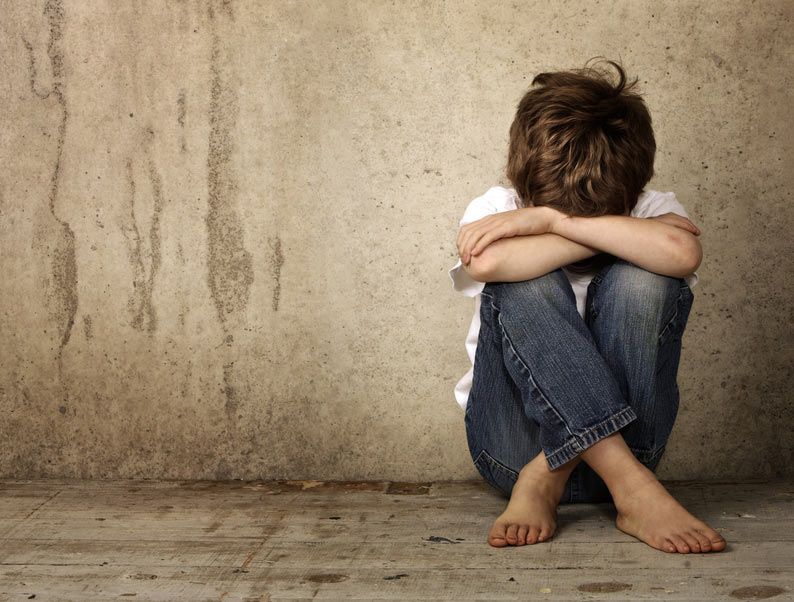How Bones Can Reveal Child Abuse

By the time relatives found 19-month-old DeVarion Gross concealed inside an 18-gallon storage container in his mother's closet, his body was too decomposed for investigators to determine how he had died.
They did, however, find other damning evidence that contributed to his mother's 2010 conviction in North Carolina: DeVarion had three rib fractures at different stages of healing — evidence of a history of abuse.
"If he hadn't been decomposed, we probably would not have seen any of them," said Ann Ross, an anthropologist at North Carolina State University who examined DeVarion's remains. "Most likely they would not have shown up on regular X-ray."
Rib fractures indicate abuse, since children DeVarion's age rarely suffer this injury in any other way, Ross said.
With fellow anthropologist Chelsey Juarez, Ross has published an overview of forensic research on child abuse and starvation with a focus on skeletal injuries. The goal: justice for victims and protection for others, whose abuse can be identified and stopped before the child arrives on an autopsy table. [The 7 Biggest Mysteries of the Human Body]
About 9.2 children per 1,000 in the United States were victims of child abuse in 2012, while 2.1 per 100,000 lost their lives to it in 2011, according to annual data. But some researchers think these numbers don't tell the whole story.
Child abuse and neglect can be difficult for doctors and forensic investigators to catch. For instance, bone injuries like DeVarion's are difficult to diagnose, particularly in young children, because these injuries heal quickly. What's more, abused children usually don't get medical attention until they are seriously injured, and, if they do get treatment, a doctor must determine if a caretaker's explanation is plausible given the injuries, Ross said.
Sign up for the Live Science daily newsletter now
Get the world’s most fascinating discoveries delivered straight to your inbox.
DeVarion's rib fractures fit into one of the common abuse patterns — thoracic, or upper torso, injuries — described by Ross and Juarez. Rib fractures in children under 3 years old are rare, partly because a young child's thoracic region is extremely flexible. As a result, rib fractures in young children are a strong sign of abuse.
For DeVarion, two rib fractures had nearly healed and one was in a very early state of healing. These injuries would likely have escaped X-ray detection while he was still alive, and an X-ray scan done after the discovery of his body, while it was still covered in plastic bags, did not reveal any acute injury. But the advanced state of decomposition of his body allowed Ross to examine his bones directly, where she found the three healing fractures.
Another common pattern, called shaken baby syndrome, is associated with bleeding and swelling of the brain as well as hemorrhages in the retina at the back of the eye. However, there is a controversy over shaken baby syndrome; some argue that shaking alone cannot produce these injuries and that some other form of impact must also be a factor, according to Ross.
In addition to violence, the researchers address another form of abuse: neglect, specifically starvation. This kind of abuse typically accompanies so-called medical neglect. As a result, children suffering these abuses almost never show up in doctors' offices.
Ross and Juarez recommend using bone mineral-density scans, in which X-rays measure how much calcium and other minerals a section of bone contains, to determine if a child experienced starvation before dying. Bone mineral density normally increases with age, but malnourishment reduces bone density.
As a forensic anthropologist and a mother, Ross finds children's cases completely consuming. "These are little, innocent children that didn't have a choice. They didn't have a choice on who their mother was. They didn't have a choice on their circumstances," she said. An investigator's job is to present the facts, "so you are speaking for that innocent" child.
Ross and Juarez's work was published online Jan. 28 in the journal Forensic Science, Medicine and Pathology.
Follow us @livescience, Facebook & Google+. Original article on Live Science.












